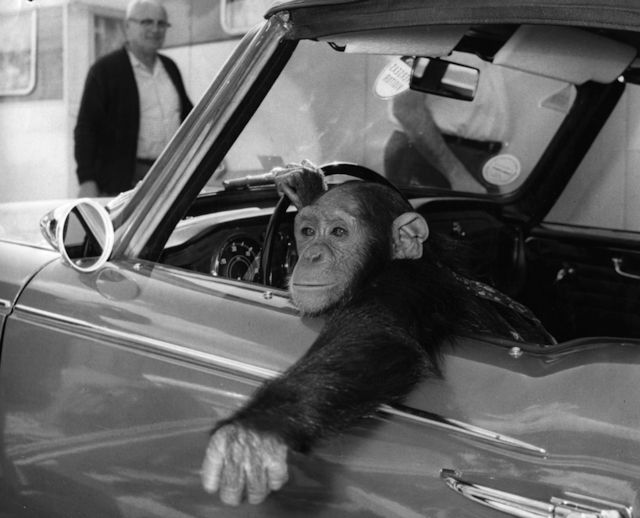Dirt City Driving For Neophytes: Alibi Circulation Manager Drops Native Motoring Knowledge
Alibi Circulation Manager Drops Native Motoring Knowledge

Latest Article|September 3, 2020|Free
::Making Grown Men Cry Since 1992

